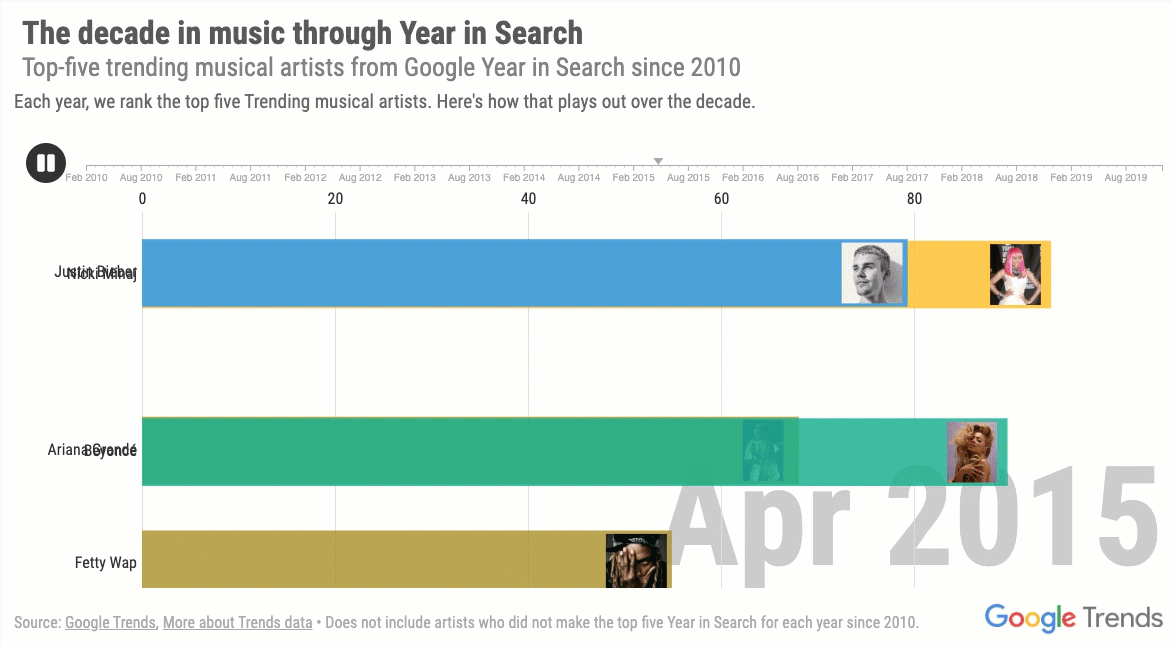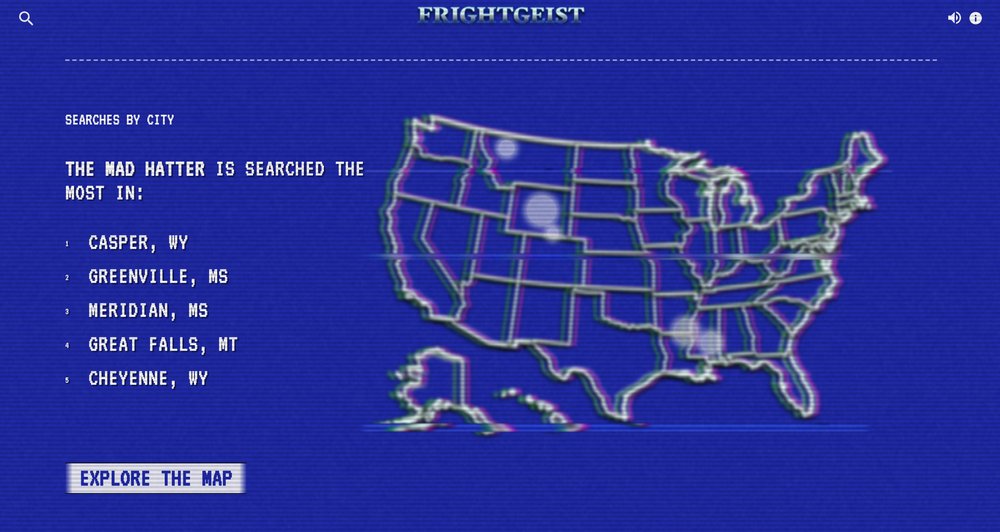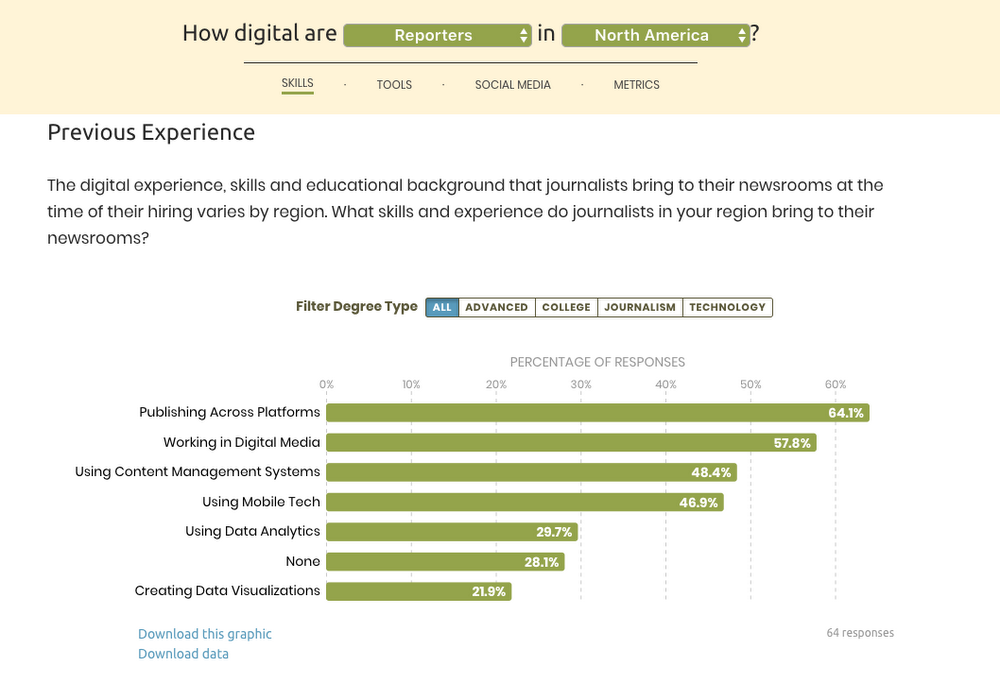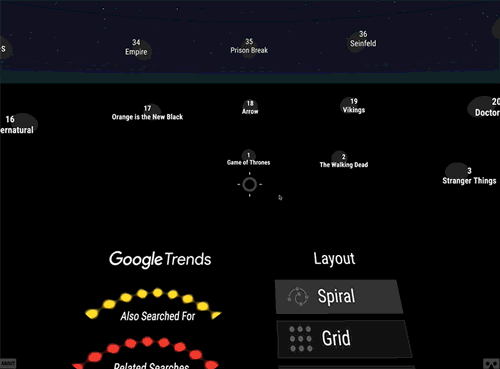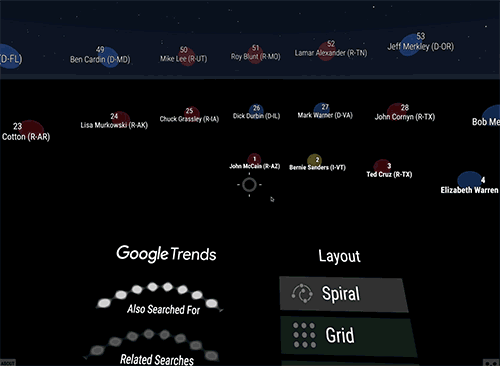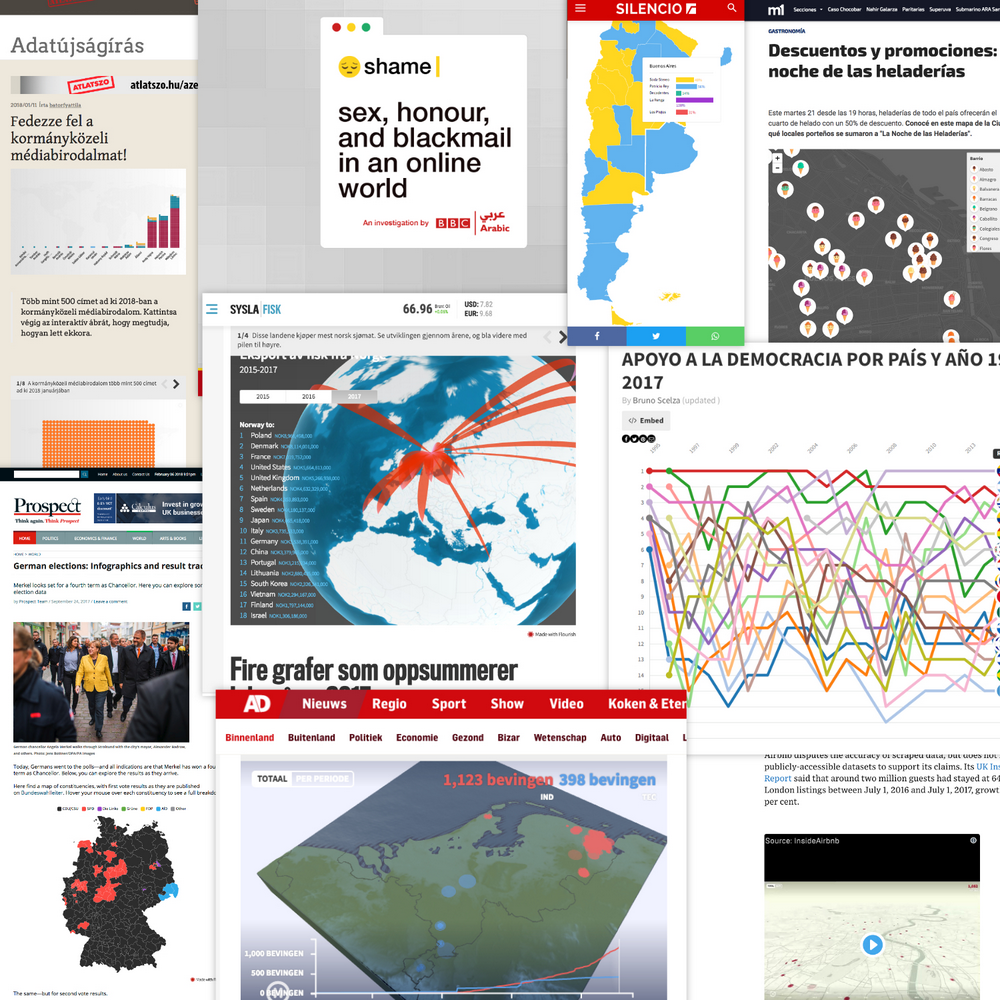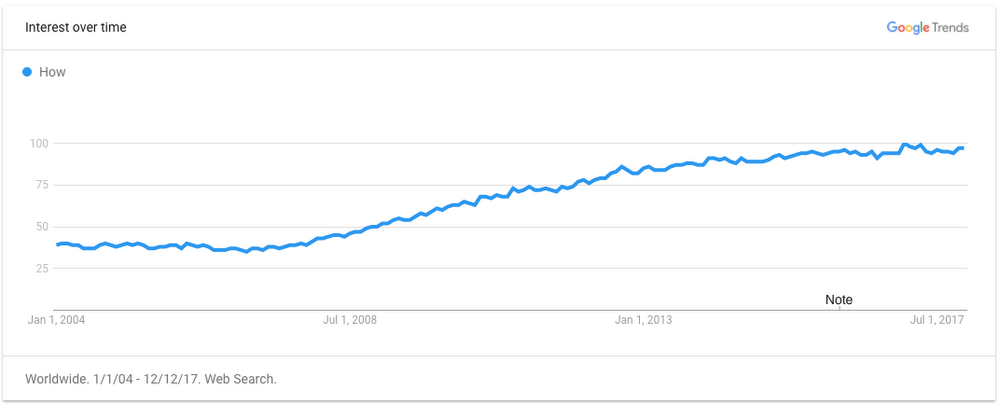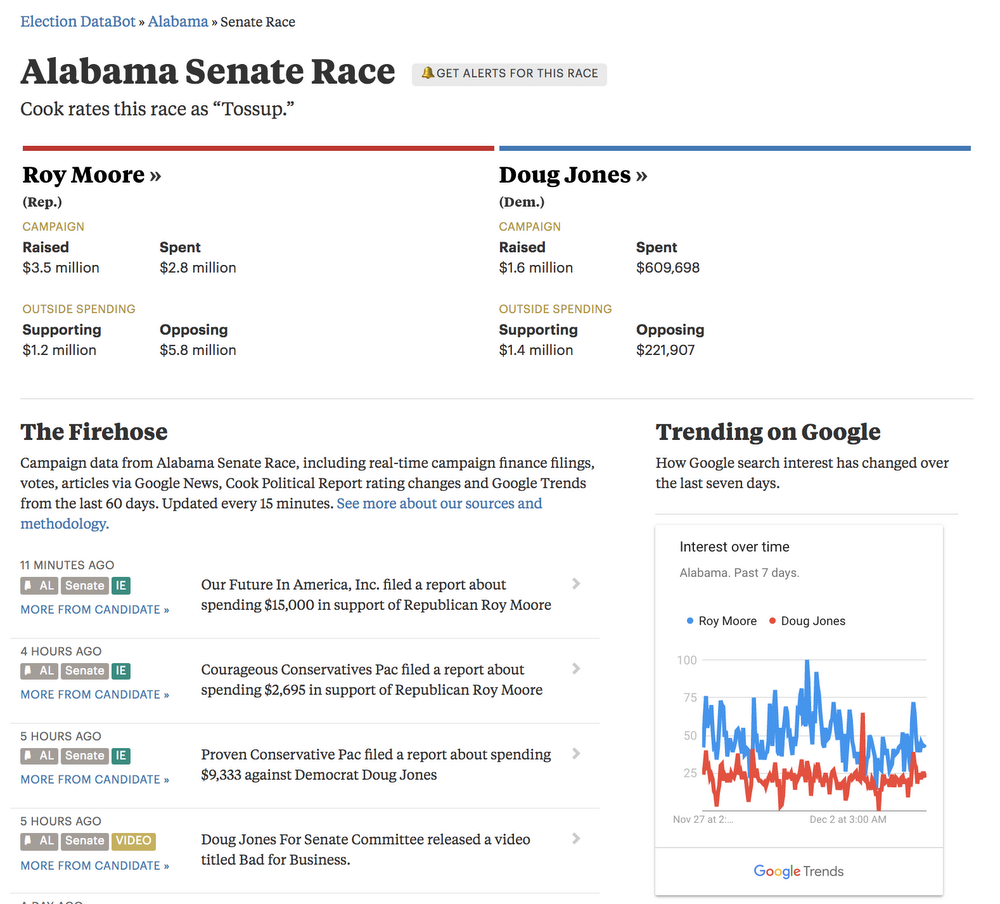A new decade is right around the corner. As 2020 rapidly approaches, we’ve started reminiscing about the people, movies, songs and more that captivated us during the past 10 years. We took a look at 2010 data to explore what people were searching for at the beginning of the decade compared to the search trends topping the charts in 2019. Here are some 2010 trends that will give you all the feels.
People
Justin Bieber’s first studio album, “My World 2.0,” debuted in March 19, 2010, and he became the top trending musician that year. Bieber is trending again a decade later, but not for his music: This time he’s trending in the “weddings” category following his marriage to Hailey Baldwin.
Betty White was the oldest person to host “Saturday Night Live” in 2010. This year, Betty returned to top trends thanks to a movie role. She joined the cast of “Toy Story 4” as Bitey White, a friendly, hilarious toy tiger.
Lebron James became a free agent in 2010 and announced on live television he would sign with the Miami Heat. He continues to make headlines, on and off the court, throughout the decade.
Musicians and songs
We took a look at the five top trending musicians or bands from each year since 2010. Here’s a glimpse at how we’ve seen searching for these artists change over the decade. (This does not include artists who didn’t make the top five Year in Search for each year.)
And if visualizing these musical journeys isn’t making you nostalgic, remembering the top trending songs from 2010 will. We took a trip down memory lane and looked at the jams we were busy belting out (and searching for).
Pants on the Ground by Larry Platt
Love the Way You Lie by Rhianna
Like a G6 by Far East Movement
We Are The World by Artists for Haiti
Bedrock by Young Money
Bottoms Up by Brantley Gilbert
Teenage Dream by Katy Perry
Rude Boy by Rhianna
Hey Soul Sister by Train
Right Above It by Lil’ Wayne ft. Drake
Movies and TV
“Toy Story 3” premiered in 2010 nearly 11 years after its previous sequel, sending it to the top trending movies category that year in the U.S. The cast of familiar faces (and some new ones!) return in “Toy Story 4.” The fourth movie in the saga made the top trending list for movies in 2019.
Tony Stark saved the day in “Iron Man 2” at the beginning of the decade. This year, he joined the cast of superheroes in “Avengers: Endgame,” which was the top trending movie globally.
“The Walking Dead” walked into the top trending TV shows list in 2010 with its series premiere. The show didn’t make the top trending list this year, but searches for “the walking dead” spiked twice in the U.S. for the season nine finale and the season 10 premiere.
